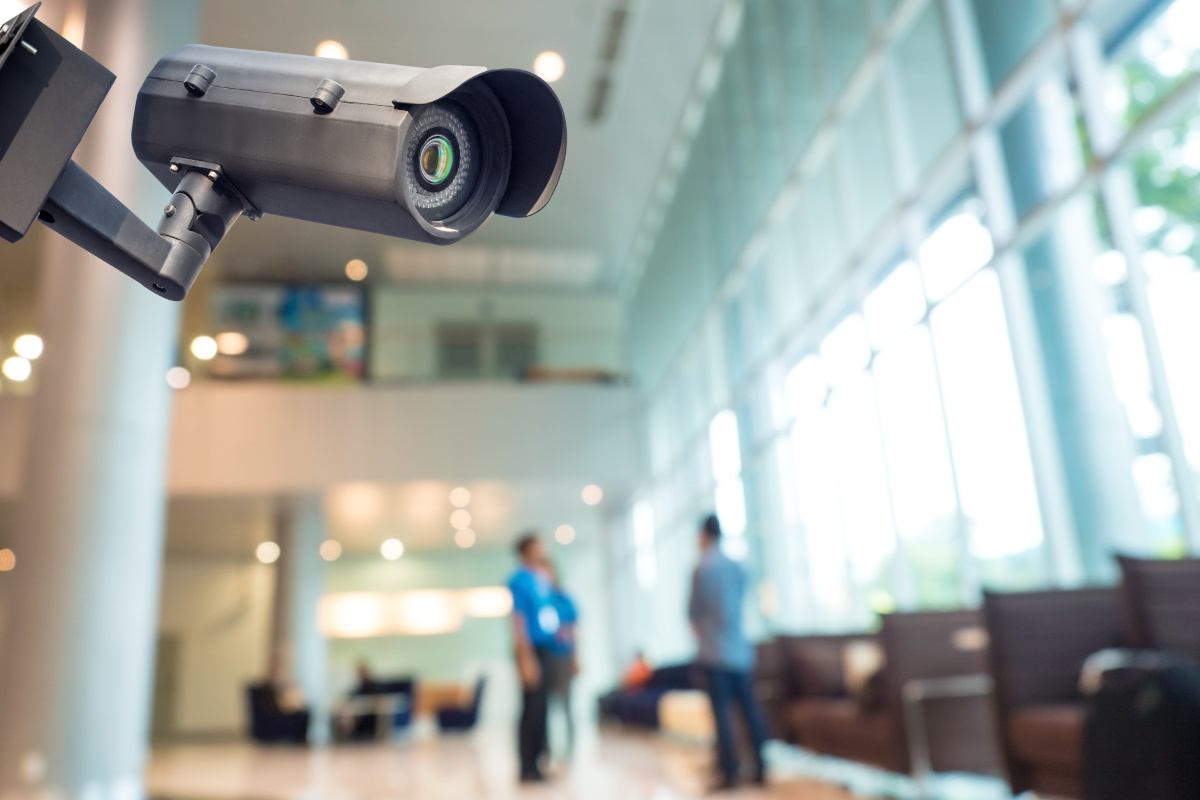How Video Surveillance Improves Business Security
November 1st, 2023 by admin

There are four major types of theft that plague businesses today; employee theft, identity theft, robbery, and burglary. The last two are increasing year on year leaving businesses with no choice but to improve the security of their business. Video surveillance is the backbone of any security protocol, regardless of the size of the business. Since video surveillance also takes up a large chunk of the security budget it pays to make sure you know what you're doing when opting for video surveillance for your business.
Before diving into improvements, take a step back and evaluate your existing video surveillance system. Identify the weaknesses and strengths. Are there any blind spots in coverage? Does the video quality need enhancement? Consider your business's unique needs and objectives. Are you primarily focused on preventing theft, monitoring employee activity, or ensuring the safety of customers and staff? Understanding your specific goals will guide your upgrade decisions.
Upgrade to High-Definition (HD) Cameras
One of the most noticeable improvements you can make to your video surveillance is upgrading to high-definition (HD) cameras. These cameras offer superior image quality, allowing for better identification of individuals and details in the footage. High-quality video is essential for providing clear evidence in case of an incident, whether it's a break-in, employee misconduct, or an accident. HD cameras can also help you monitor your premises in low-light conditions, providing greater flexibility.
Optimize Camera Placement
While you're at it, camera placement is crucial for comprehensive security coverage. Review your current camera locations and identify any blind spots or areas where coverage could be improved. Ensure that entry points, high-value assets, and high-traffic areas are adequately monitored. When determining camera placement, also consider the field of view, ensuring there are no obstructions that might limit visibility. Placing cameras strategically can enhance both deterrence and evidence collection.
Use Pan-Tilt-Zoom (PTZ) Cameras
Wide-angle and Pan-Tilt-Zoom (PTZ) cameras are valuable additions to your video surveillance system. Wide-angle cameras provide broader coverage of open spaces, while PTZ cameras allow you to remotely adjust the camera's position and zoom in on specific areas. These cameras are particularly used for monitoring large areas or tracking movement across your business premises. PTZ cameras can be programmed to automatically follow motion, providing real-time coverage of any suspicious activity.
Video Analytics
Modern video surveillance systems can be equipped with video analytics. These tools can automatically detect security anomalies and trigger alerts. Video analytics can help you proactively respond to potential security threats by recognizing unusual behavior, such as loitering or trespassing. It can also save you time and manpower by reducing the need for continuous manual monitoring.
Remote Access and Cloud Storage
To maximize the utility of your video surveillance system, ensure that you have remote access to your camera feeds. This allows you to monitor your business from anywhere, offering peace of mind even when you're not on-site. Cloud storage is another valuable feature, as it provides a secure and off-site backup for your video footage. It's a smart way to safeguard your recordings in case of equipment damage or theft.
Integration
Consider integrating your video surveillance system with other security solutions, such as access control or alarms. When these systems work together, they can offer a more comprehensive and responsive security solution. For example, when an alarm is triggered, your video surveillance system can immediately provide visual verification, which can be crucial for rapid response and decision-making.
Regular Maintenance and Monitoring
Once you've made these improvements, establish a regular maintenance schedule. Regularly inspect and clean your cameras to ensure they remain operational. Keep software and firmware up to date, and regularly test your system to ensure it's functioning correctly. In addition, actively monitor your video footage. Set up alerts for specific events, such as motion detection or access attempts, to be instantly notified of potential issues.
Lastly, it's crucial to provide training for your employees on how to use the surveillance system effectively. They should understand how to access camera feeds, retrieve footage, and manage alerts. Establish protocols for handling incidents based on the footage captured. Ensure your staff knows what to do in case of an emergency or security breach by partnering with Technolink of the Rockies for a robust and reliable video surveillance solution.
If you want to learn more about how video surveillance improves business security, contact us today.
Posted in: Solutions

